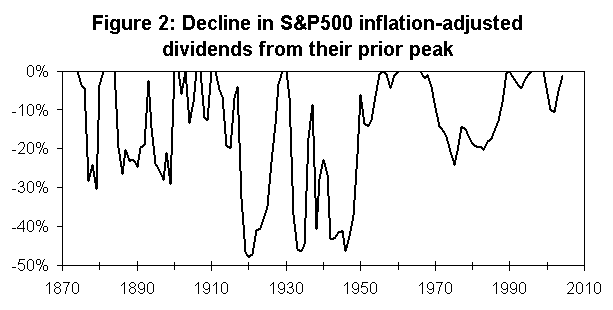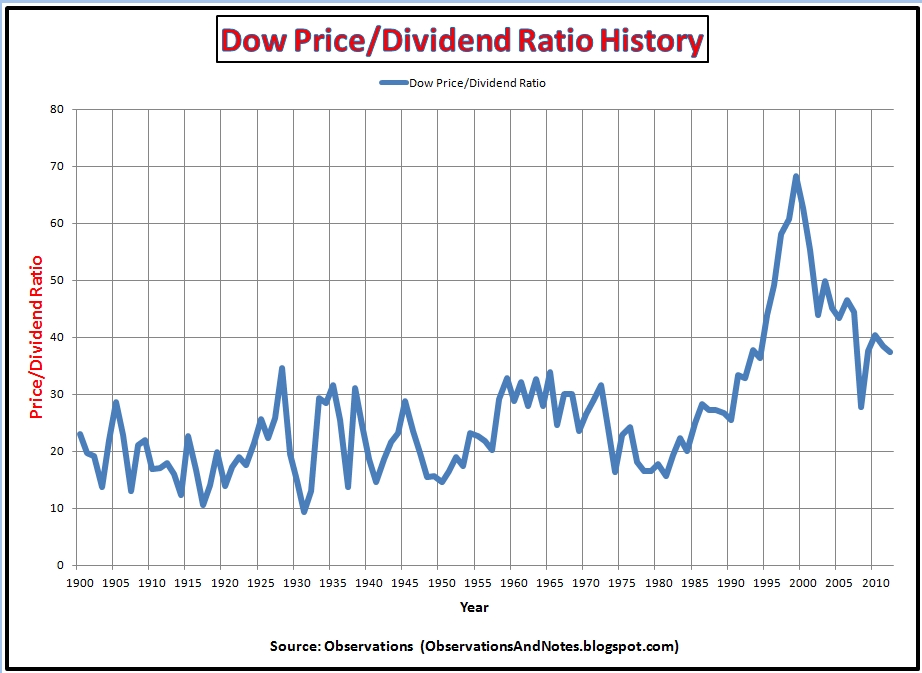ERD50
Give me a museum and I'll fill it. (Picasso) Give me a forum ...
...
I've noticed many of the buy and hold indexers are now silent.
I recall a very heated debate about buying dividend companies vs buying the total market index funds. Some very vocal people, who have been very quiet with regard to the recent pull back.
What were you expecting? Maybe you don't understand passive investing. Market gyrations like this are irrelevant to the long term, except to provide a little temporary entertainment as spectator sport. What we know, statistically, as passive investors is that over the long term we will outperform all but a tiny fraction of stock pickers and those we do not outperform are simply lucky monkeys, not identifiable in advance.
So ... really nothing to say. Hence "silent."
Agreed. Are we supposed to post everyday "still doing nothing"? This little blip isn't even enough for most re-balancers to take any action. It's a yawn. And when things did drop 40%, I was buying (re-balancing from fixed to equities).
I have no idea what the recent volatility has to do with the whole div-focused versus broad-based index approach. What would being "very quiet" recently have to do with that?
-ERD50




